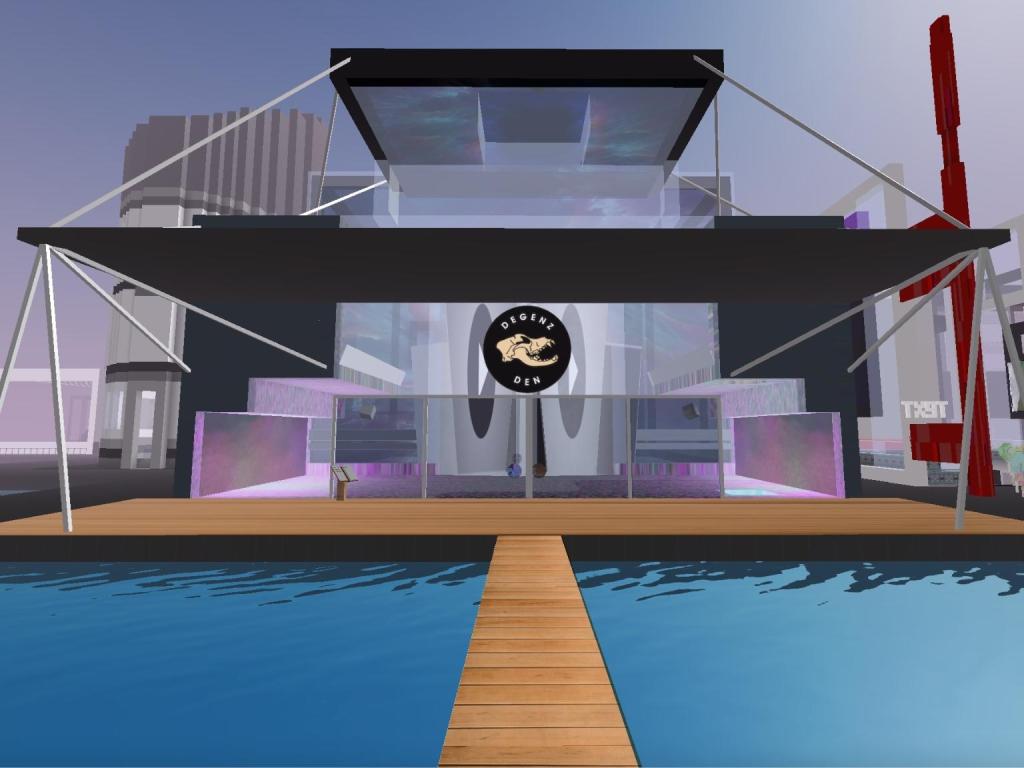If someone gave you the choice between a free vacation home somewhere in the Maldives or one in a digital metaverse like Sandbox, which one would you choose?
According to a recent study from global consultancy Bain & Company, a staggering 53% of young gamers would prefer to inherit a vacation home in the metaverse over one on an exotic island.
While many post-Gen Z readers might find this a little shocking, the preference that younger generations have for the digital world goes beyond just signalling a sea change for holiday goers.
These rapidly shifting behaviours in younger people will have far reaching consequences across any industry that deals with digital experiences, beginning with the most obvious of digital frontiers: gaming.
Surveying the digital landscape
The report, which collated data from surveying young gamers from five different countries (Japan, South Korea, China, the US and Brazil), uncovered some interesting statistics concerning younger gamers aged 13 to 17.
Perhaps unsurprisingly, this age group preferred spending their time playing video games above other forms of digital entertainment, including social media.
Interestingly, even those respondents who hadn’t explored games in the metaverse showed a preference for metaverse technology, saying it was very likely they would do so in the future.
To this point, nearly half of them claimed they would prefer to attend school events in the metaverse and half said they also prefer to hang out with friends virtually over real life.
These younger gamers also showed a heightened aptitude for adopting metaverse-style gaming as well as being more likely to spend larger amounts of time playing video games.
Not only are younger players more comfortable with spending money on digital items in games, 44% of younger metaverse gamers said that in-game purchases were the reason they play metaverse games.
When quizzed on what the most important features of the metaverse experience were to them, younger gamers put an immersive virtual experience at the top of their list. This was closely followed by the ability to participate in activities with friends and the opportunity to socialise.
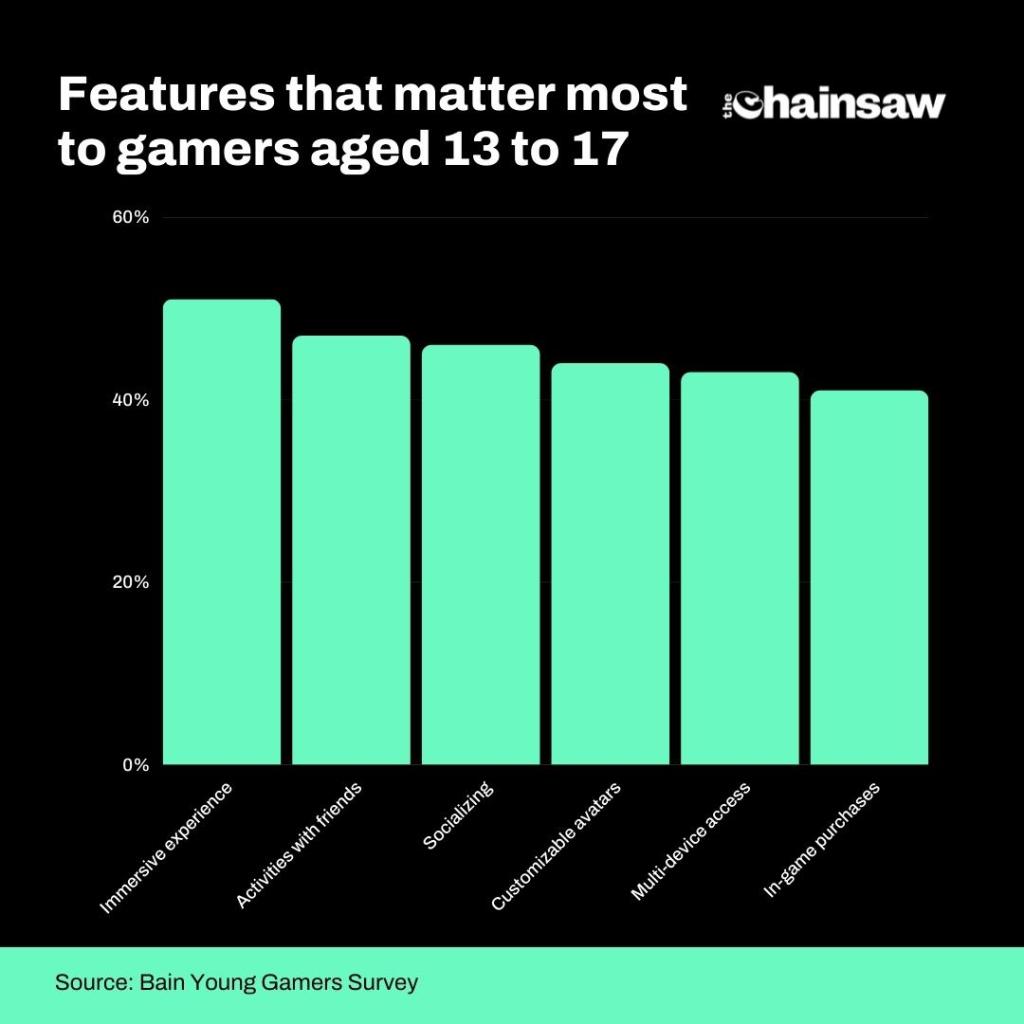
Future trends in the metaverse
The numbers also showed how metaverse-oriented companies will have to adapt their marketing strategies for this new generation of users.
For example, Bain’s research found that 56% of younger gamers were comfortable with paying to unlock features that improved their performance in a game, while most of the ‘older’ players — those aged 18 to 34 — were not.
Alongside this, young gamers were much more geared towards “social” gaming with family and friends, whereas older players tend to prefer playing solo.
In an exclusive interview with The Chainsaw, The Sandbox co-founder Sebastian Borget said that,despite what many older people may think, the metaverse isn’t a craze, but is a disruptive technology of the future.
“It’s a technology and content disruption that will impact sectors across every industry, create millions of jobs, and enable new forms of social interactions among users, businesses, brands and their fans.”
A 77-page report released by international consulting firm McKinsey supports Borget’s comments, predicting that the metaverse(s) could be worth around US$5 trillion by the year 2030.
Buying land in the metaverse
To take the pulse of real estate in the metaverse, The Chainsaw went digging to find some out what different amounts of ETH can buy in the Voxels Metaverse. According to a quick search on OpenSea, the second-cheapest parcel of land, number 2 Via Pattari, will set you back around 0.49 ETH (US$800).
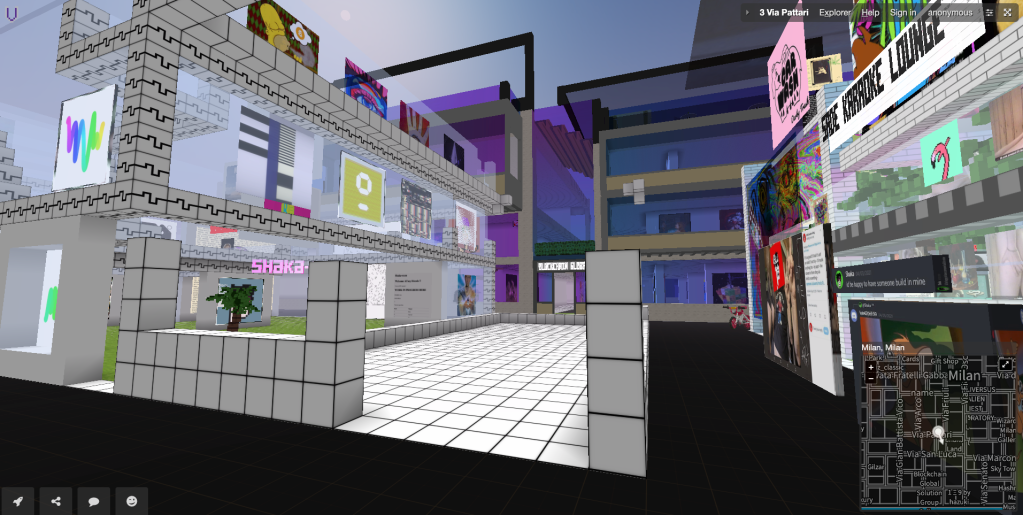
Those with fatter digital wallets looking for more premium property might cast their eye over a piece of virtual land like 5 Procyon Drive. While it’s currently set up as an interactive maze, it is fully customisable upon purchase and would set back a digital real estate investor a total of 3.79 ETH (US$6,200).
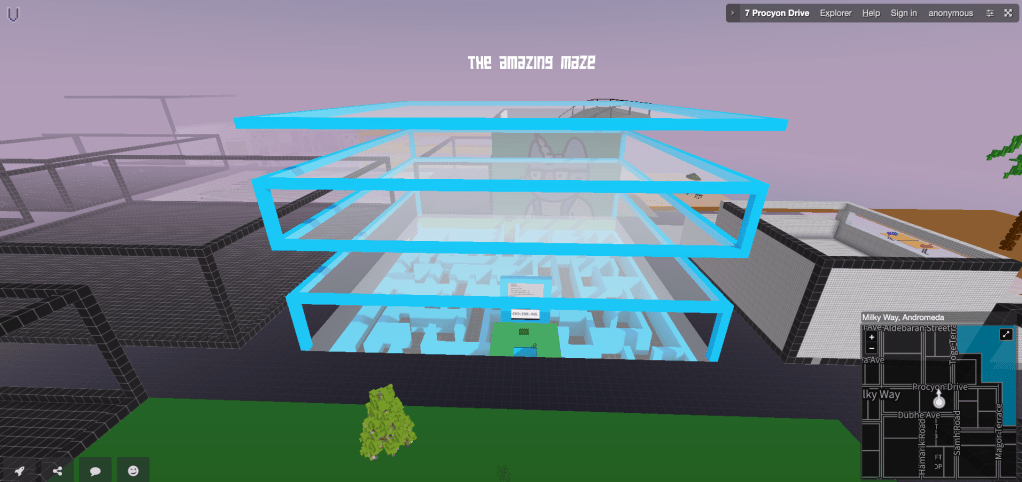
For those who are curious as to what a serious amount of ETH can buy right now in the Voxels space, 27 Note Court is listed for 14.99 ETH (US$24,500)
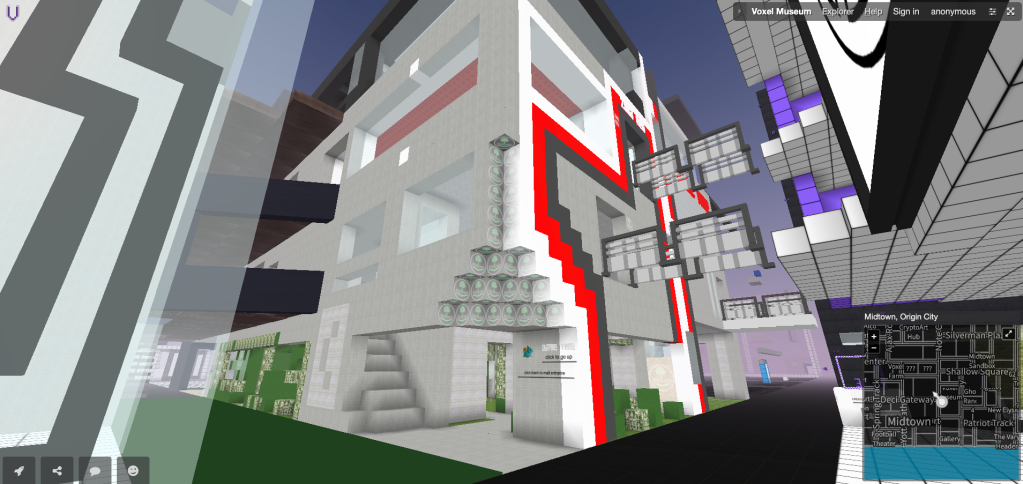
Once investors have purchased their property in the Voxels metaverse, they’re able to customise their property how they see fit. They can host virtual events as well as hang NFT art they own on OpenSea on the walls.
Metaverse adoption continues to grow
Regardless of whether or not these digital worlds tickle your fancy, Bain reveals that young gamers continue to spend more time and money in them than anyone else, and it’s a trend that looks set to continue well into the future.
These new, increasingly digital worlds are set to have far-reaching effects on any industry that creates digital content. From gaming and advertising, to the mercantile world of e-commerce, change seems to be imminent.





